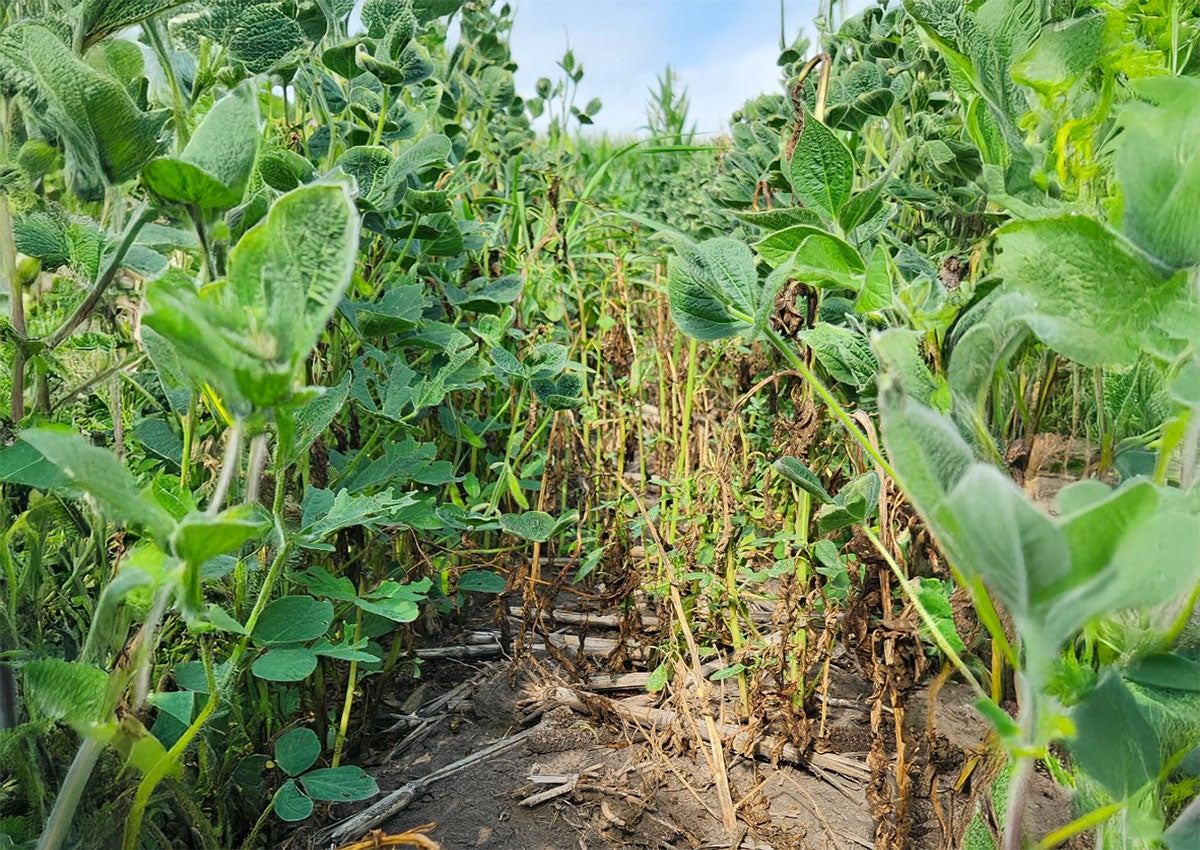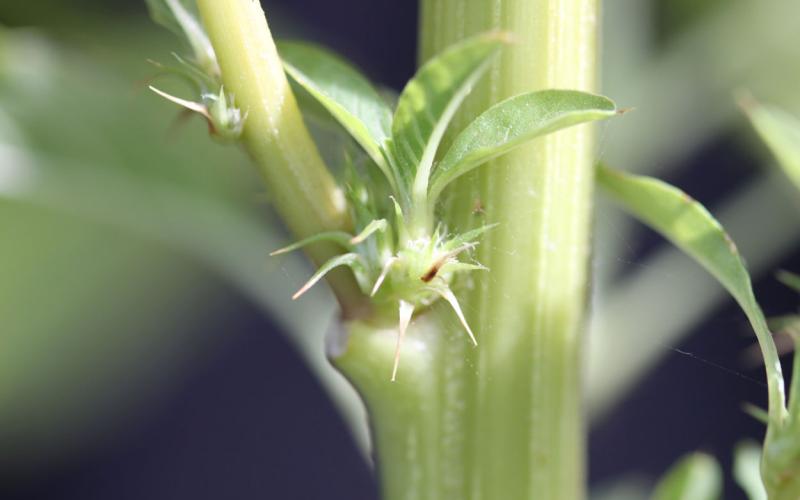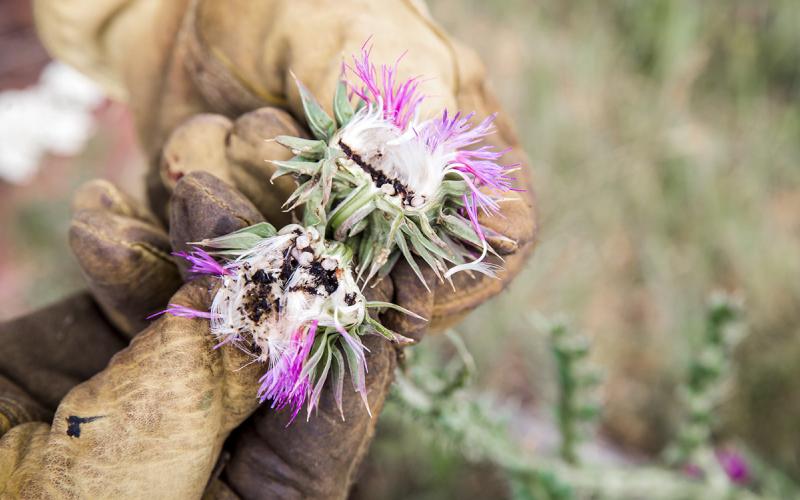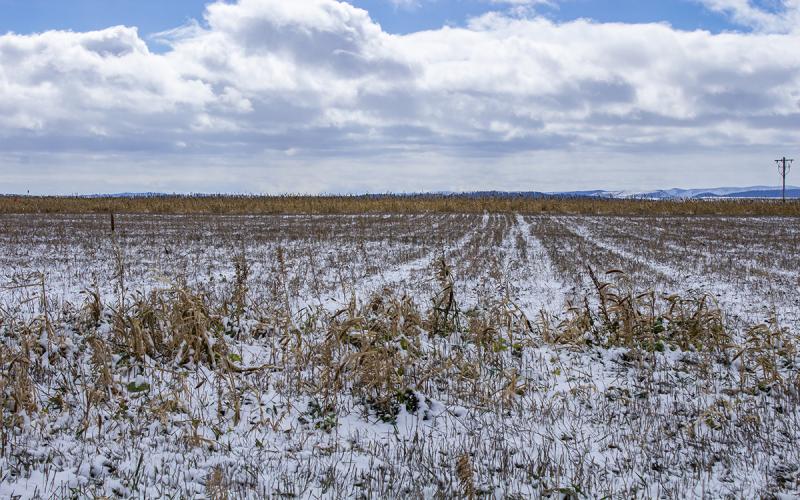Written collaboratively by Eric Jones, Philip Rozeboom, Jill Alms, and David Vos.
The registration for dicamba labels (Xtendimax, Engenia, and Tavium) for over-the-top applications in tolerant soybean varieties have been pulled for the 2025 growing season. Many farmers, crop consultants, and retailers are aware of this situation, but planning weed management strategy should start today. Many chemical and seed inputs have already been purchased for the 2025 growing season. Even if you have purchased a seed variety with tolerance to a different herbicide, such as 2,4-D (e.g. Enlist), the principles for an effective weed management plan remain the same. While the loss of the dicamba labels will result in the loss of a useful, effective tool for weed management, this should be a reminder that one herbicide or tactic should not be the focus of a management plan.
Pre-and-Post Emergence Strategy

Foremost, even if you have purchased a dicamba-tolerant soybean variety (i.e. Xtendflex) do not apply any dicamba formulation over-the-top! This would be an illegal application, and using products off label will only increase the chance for off target issues and shine a negative light on weed management in row crops. A strong preemergence herbicide program utilizing multiple herbicide groups should be a staple in a weed management plan. Utilizing multiple herbicide groups will increase the spectrum of weed control and reduce the selection pressure on herbicide-resistant weeds. If the growing season starts off with effective weed control, less reliance will be placed on the postemergence herbicides.
There are still effective herbicides that can be applied postemergence in soybean. Even though dicamba cannot be applied, planting Xtendflex soybean varieties allows for the application of glyphosate (Roundup) and glufosinate (Liberty). Enlist E3 soybeans will allow for the application of 2,4-D (Enlist One), glyphosate and glufosinate. However, if kochia is the main problem of concern, 2,4-D is not effective. While glyphosate will not control many populations of kochia or waterhemp in South Dakota due to resistance, this herbicide still has utility in controlling other broadleaf and grass weeds. Glufosinate will effectively control many weeds, but timely application on small weeds is crucial. Be sure to check your seed label before applying glyphosate or glufosinate to ensure the seed is tolerant to the herbicide(s). The PPO-inhibiting herbicides (i.e. acifluorfen [Ultra Blazer], fomesafen [Flexstar], lactofen [Cobra]) will effectively control many broadleaf weeds, but the application should be made when weeds are small.
Tank-Mix Herbicides
While there are options for effective postemergence herbicides, these herbicides should not go out alone. Tank-mix herbicides from different groups to increase the spectrum of weed control and reduce selection pressure on resistant weeds. Figure 1 depicts data from a field trial conducted in 2023 and 2024 in soybean. 2,4-D (Enlist One, 32 fl. oz. per acre) and glufosinate (32 fl. oz. per acre) were applied alone and mixed on waterhemp approximately 4 inches in height. Control was rated 28 days after application on a scale ranging from 0 to 100%: where 0 was no control and 100 was complete control. 2,4-D provided 89%, while glufosinate provided 69% control, while the tank mixture provided 87% (Figure 1). There may seem like there is not a benefit to tank mix these herbicides compared to the effectiveness of 2,4-D alone. However, there is 2,4-D-resistant waterhemp in neighboring states that was caused by over application. Since 2,4-D does not have grass weed activity, applying 2,4-D alone may result in high density of grass weeds. An important note would be that the waterhemp weeds were treated at 4 inches in height; as weed height increases, control decreases (Figure 2).
![Graph depicting weed control with the herbicides 2,4-D (yellow bar [89%]), Glufosinate (blue bar [69%]), and 2,4-D+Glufosinate (cross hatch blue and yellow bars [87%]). For a detailed description, please call SDSU Extension at 605-688-4792.](/sites/default/files/inline-images/W-02076-01-Over-Top-Dicamba-2025-Figure1.png)

Other Considerations
Also consider including an herbicide with soil residual activity to the tank (i.e. S-metolachlor [Dual Magnum] or encapsulated acetochlor [Warrant]). Weeds that emerge after the postemergence herbicide application can reduce crop yield. While very late emerging weeds may not reduce crop yield, these weeds can produce seeds to be managed in later growing seasons and reduce harvest efficiency. A more intensive list of herbicide options for use in soybean can be found in the latest South Dakota Pest Management Guide - Soybean. Weed control data with various herbicides and herbicide programs can be found in the latest Weed Control Field Test Data, and previous data is available as well.
Lastly, while herbicides are a large component of a weed management plan, using other non-chemical tactics will play a role in ensuring effective management. Tactics, such as crop rotation and row spacing, will aid in controlling weeds but can also provide agronomic benefits as well. While laborious, tactics such as hand weeding isolated weed patches can pay dividends as well. The best non-chemical tactics are the ones that are easily adaptable to current production practices.


